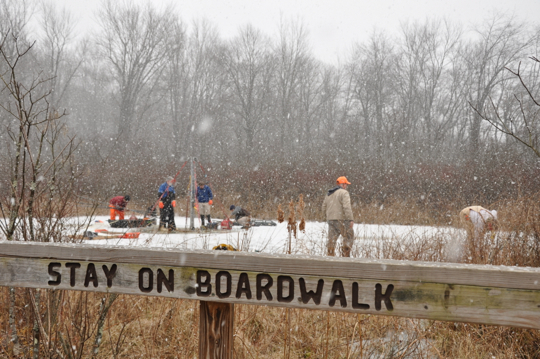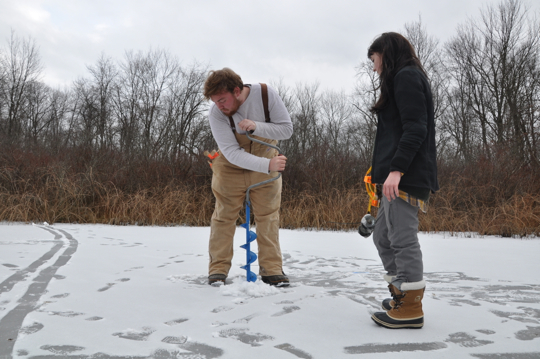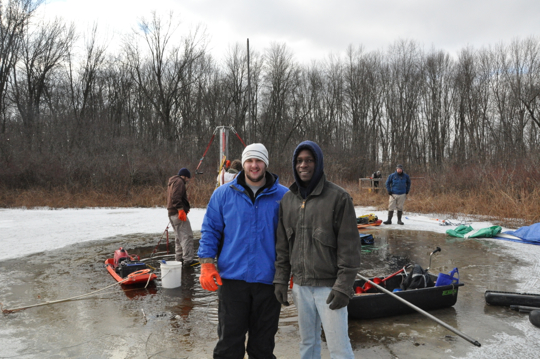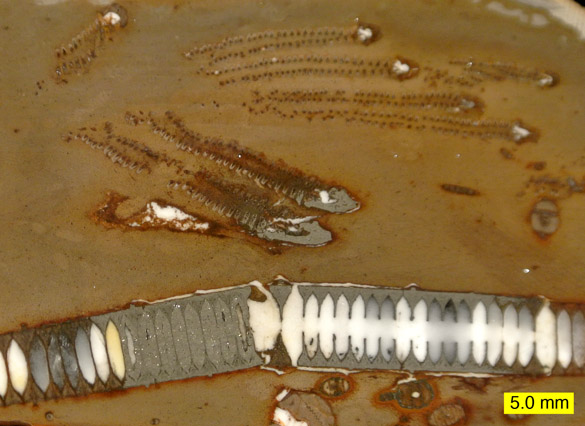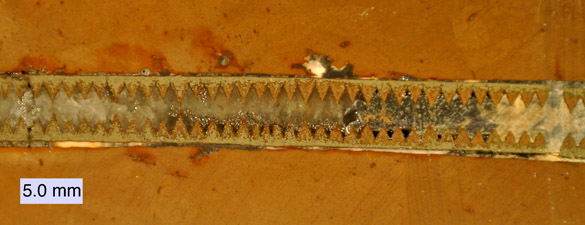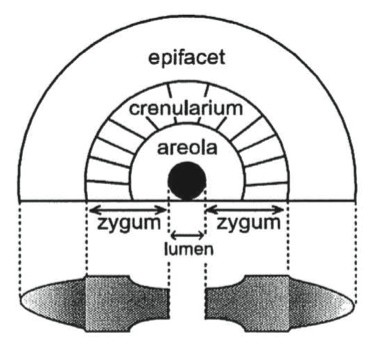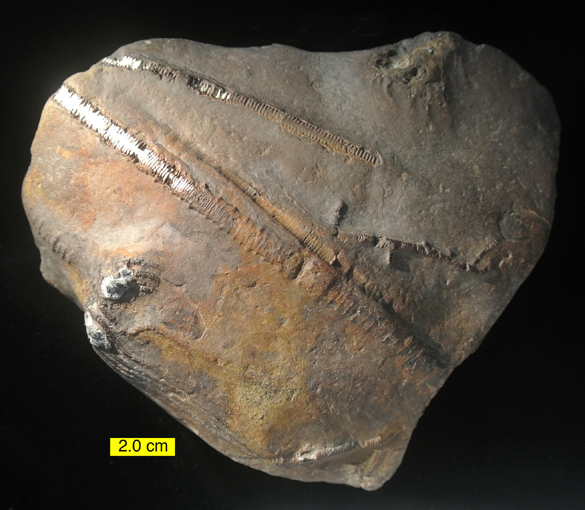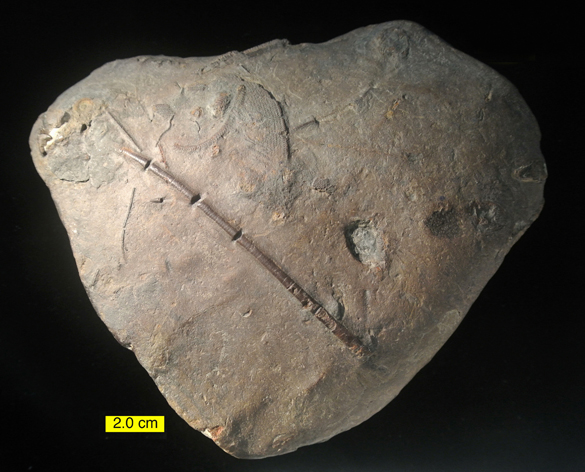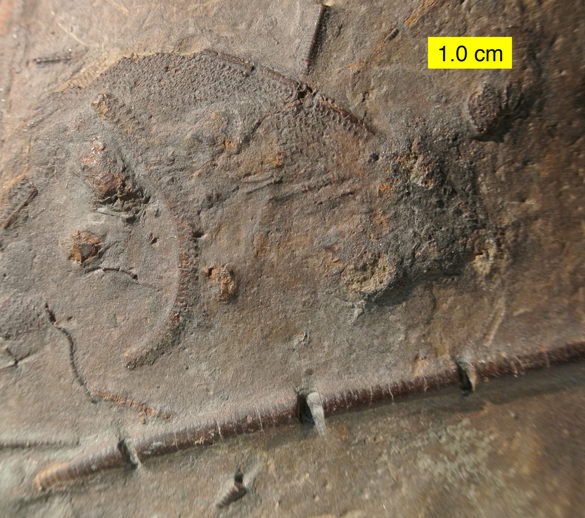WOOSTER, OH — GEOL 220 (Introduction to GIS) had their final exam this morning, but it was not a typical final exam atmosphere. It was a very social event, with much mingling and chatter (in between bites of donut holes and muffins). This semester, the students took their last GIS exam/quiz a few weeks earlier, so that they could concentrate on individual projects for the remainder of the semester. The class was full of amazing project ideas that spanned many majors on campus. Student interests (which mirrored the many majors) included: geology, archaeology, biology, chemistry, political science, history, sociology, anthropology, and urban studies.
After writing a project proposal, students spent the last few weeks of the semester analyzing data and finalizing their projects into posters. Their posters were presented during a “GIS Poster Symposium”, which was held this morning in Scovel Hall. The goal of each project was to identify a problem that could be solved spatially using the GIS mapping skills that they learned this semester.
 Above, Andy Nash (left, ’14) and Simon Doong (’15) are listening to Candy Thornton (right, ’14) talk about her project, which was inspired by Toure, a speaker at Wooster’s 2013 Forum Series called “Facing Race”. Candy investigated the intersection of public transportation, unemployment, and ethnicity in Los Angeles County (CA).
Above, Andy Nash (left, ’14) and Simon Doong (’15) are listening to Candy Thornton (right, ’14) talk about her project, which was inspired by Toure, a speaker at Wooster’s 2013 Forum Series called “Facing Race”. Candy investigated the intersection of public transportation, unemployment, and ethnicity in Los Angeles County (CA).
 Owen Yeazell (left, ’14) listens as Kyle Burden (right, ’14) discusses his project on natural hazard mitigation: the spatial comparison between population centers and volcanic centers in California.
Owen Yeazell (left, ’14) listens as Kyle Burden (right, ’14) discusses his project on natural hazard mitigation: the spatial comparison between population centers and volcanic centers in California.
 Scott Kugel’s (left, ’14) poster is directly related to his I.S. research and an offshoot of his experience this past summer as a member of a Keck Geology Consortium project. Scott is intensely explaining his analysis of Connecticut River discharge during Hurricane Irene to Cameron Matesich (right, ’14).
Scott Kugel’s (left, ’14) poster is directly related to his I.S. research and an offshoot of his experience this past summer as a member of a Keck Geology Consortium project. Scott is intensely explaining his analysis of Connecticut River discharge during Hurricane Irene to Cameron Matesich (right, ’14).
 Zach Sheehan’s (above, ’14) 2013 summer internship/experiences peaked his interest on food deserts and food accessibility issues in Ohio. He translated that to a project that analyzed Ohio median household income (by tracts) fast food restaurants, number of grocery stores, and obesity.
Zach Sheehan’s (above, ’14) 2013 summer internship/experiences peaked his interest on food deserts and food accessibility issues in Ohio. He translated that to a project that analyzed Ohio median household income (by tracts) fast food restaurants, number of grocery stores, and obesity.
I am very proud of all of the GIS work this semester. Not only did the students do a wonderful job presenting at the GIS Poster Symposium today, but in recent weeks, they also learned to navigate data problems and mysterious software issues along the way!!
In case you are interested in the amazing variety of projects, here is a list of students in GEOL 220 and their individual projects:
- Kyle Burden, “A Spatial Comparison between Volcanoes and Areas of High Population in California, USA”
- Allison Chin, “Analysis of Groundwater Pollution in Wayne County, OH”
- Simon Doong, “Comparison of Military, Education, and Health Spending Among Nations”
- Coleman Fitch, “Marcellus Shale Formation: Drilling Permits Relationship to Shale Depth and Productivity”
- Cassandra Greenbaum, “Potential Influences for Obesity in the United States”
- Perry Grosch, “Analysis of Human Populations around areas that have been marked by the incidents on the International Nuclear Event Scale in the United States before 2007”
- Nichole Gustafson, “Forest Fragmentation and Garlic Mustard Colonization”
- Tricia Hall, “Analysis of Fluid Flow in the Late Cretaceous Sixmile Canyon Formation”
- Allison Ham, “The Influence of County Income on the Increasing Rate of Living Cases of HIV/AIDS in the D.C. Area”
- Alex Hiatt, “Mapping Potential Jokulhlaup Flow Paths at Eyjafjallajokull in Southern Iceland”
- Scott Kugel, “Maximum Discharge of the Connecticut River and its Tributaries During Hurricane Irene, August 21-30, 2011
- Cameron Matesich, “GIS Model of the Geochemical Analysis of the High-Silica and Low-Silica Basalt Flows from Miter Crater in Ice Springs Volcanic Field, Black Rock Desert, Utah”
- Stephanie Megas, “Portfolio Model School District Spatial Distribution and Projected Implications for Communities Surrounding School Closings in Baltimore City Public Schools (BCPS) using GIS Model Building”
- Oscar Mmari, “Analysis of the Location of Federal Land, Population Density, Income, Water, and Fracking Wells in Utica and Marcellus Formations of Ohio”
- Andy Nash, “Holocene Glacier Fluctuations Mapped in Glacier Bay National Park and Preserve using Radiocarbon Dated Detrital Logs”
- Brian Porrett, “Putting World-Systems Analysis in Context: An Exploration of the Core and Periphery Relationship in the Early Bronze Age Levant”
- Zachariah Sheehan, “The Impact of Income and Type of Food Accessibility on Obesity”
- Ashleigh Sims, “How Does Grave Style Change Over Time and Space in the Cemetery of Athienou, Cyprus?”
- Wyatt Smith, “Voting as a Function of Boredom: A State-by-State Analysis”
- Nathan Taitano, “Wildlife Habitat and Land Management”
- Candice Thornton, “ACESS: A Socioeconomic GIS Study on the Impact of Public Transportation on Employment”
- Jim Torpy, “Political Power and Mineral Access in Ancient Cyprus”
- Henry Waldron, “ASU Downtown: How a New Campus Affects Urban Property Values”
- Owen Yeazell, “Impact of Roman Cities on Later English Populations”

